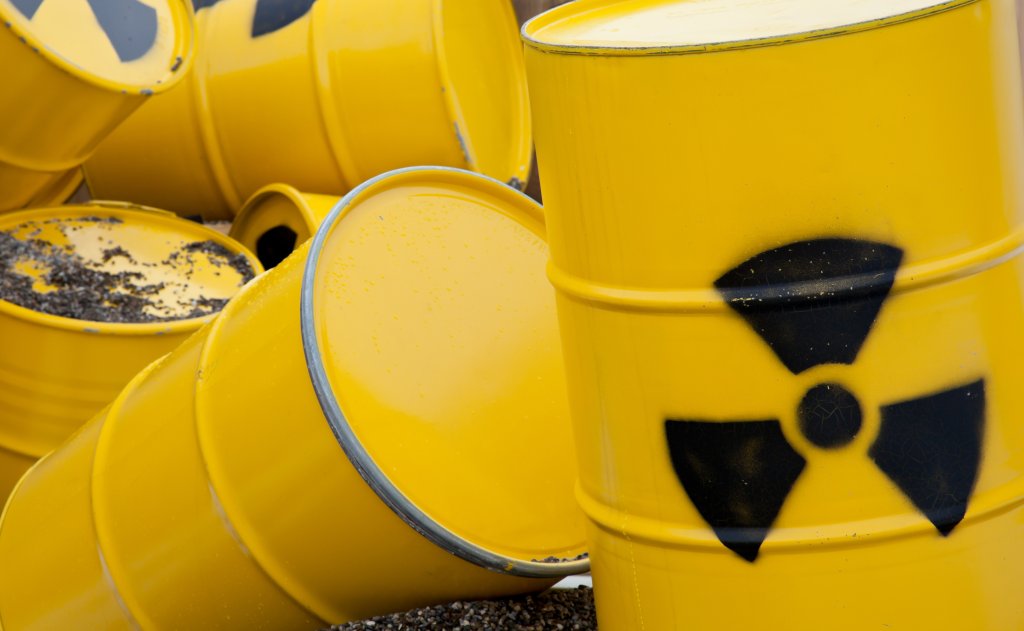

As everyone focuses on the cluster munitions headed to Ukraine, another controversial but effective weapon quietly arrived. The U.K. has sent and the U.S. has approved depleted uranium, or DU, rounds for main battle tanks. These highly dense munitions improve the effectiveness of the main battle tanks Ukraine received.
Depleted uranium rounds
Depleted uranium rounds garnered some attention in March and June that later fell off. The material comes from nuclear enrichment programs. Technicians enriching uranium take as much U-235 as they can out of a batch. But U-235 only makes up less than 1% of natural uranium. Uranium typically starts with 99.27% U-238, and U-238 would be waste after enrichment.
But instead of trashing it, weapon makers realized the material makes a great armor or armor-piercing material. In both armor-piercing rounds and armor, density increases effectiveness. And U-238 wins at density, boasting 1.7 times the density of lead. When it pierces enemy armor, the depleted uranium often ignites, flash-frying crew and electronics inside the target. And depleted uranium tank rounds can pierce most Russian armored vehicles from any angle.
As America developed the Abrams tank, it used depleted uranium in the armor. Then, it developed an aluminum sabot round with a depleted uranium penetrator for the Abrams that demolishes enemy tanks. Depleted uranium is also the secret to the Bradley’s Bushmaster and A-10’s GAU-8 Avenger cannons punching through enemy tanks.
All three platforms use depleted uranium rounds for their armor-piercing weapons. And now, Ukrainian tanks donated by the U.S. and U.K. for fighting Russians will have it, as well.

The controversy
The problem for the international community is that depleted uranium rounds, like cluster munitions, can leave lingering dangers for the civilian population.
U-238 is a toxic metal. Humans aren’t in danger unless the are hit by depleted uranium shards, breathe it in, or ingest it. But plants can be affected faster and there is worry that humans who drink water or eat food tainted by DU will become sick. Researchers continue to watch civilian and military populations from Desert Storm and later conflicts for signs that depleted uranium is causing health issues.
So far, most populations show little effects or radiation levels above the background level.
So why did cluster munitions get so much news coverage? And uranium got so much less? Well, while people are nervous about nuclear materials, depleted uranium is not very radioactive. And cluster munitions have a much worse history of causing harm than DU’s mostly theoretical risk.
But for Ukraine, the controversy is essentially beside the point. Russia and the war is poisoning their land as fuels, shards of metal, and other dangerous debris from war piles up. And Russia uses cluster munitions against Ukraine as it also fires drones and missiles at cities.
So for Ukraine, any dangers from ammo and any international controversy has to be balanced against the daily ravages of Russia and the war. It appears that Ukraine decided that a little uranium and a lot of dud cluster bombs are worth it if they shorten the war.
If Ukraine is holding heavy combat brigades back to exploit a breakthrough, as is suspected, having main battle tanks firing depleted uranium would definitely help it push west and end the war early. So don’t expect them to give up the tactical advantage of either weapon.
